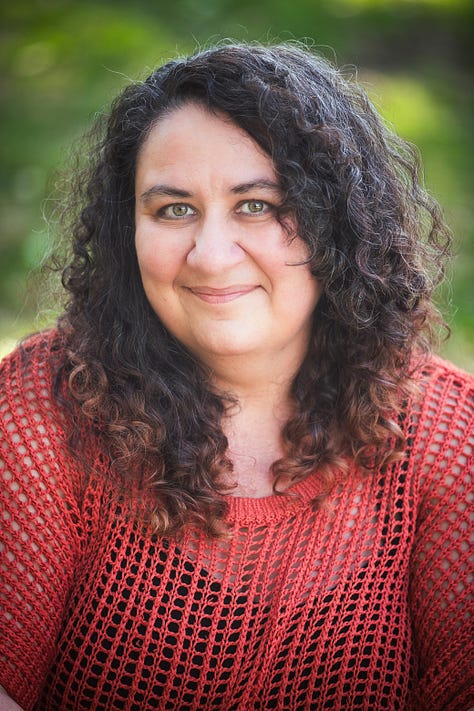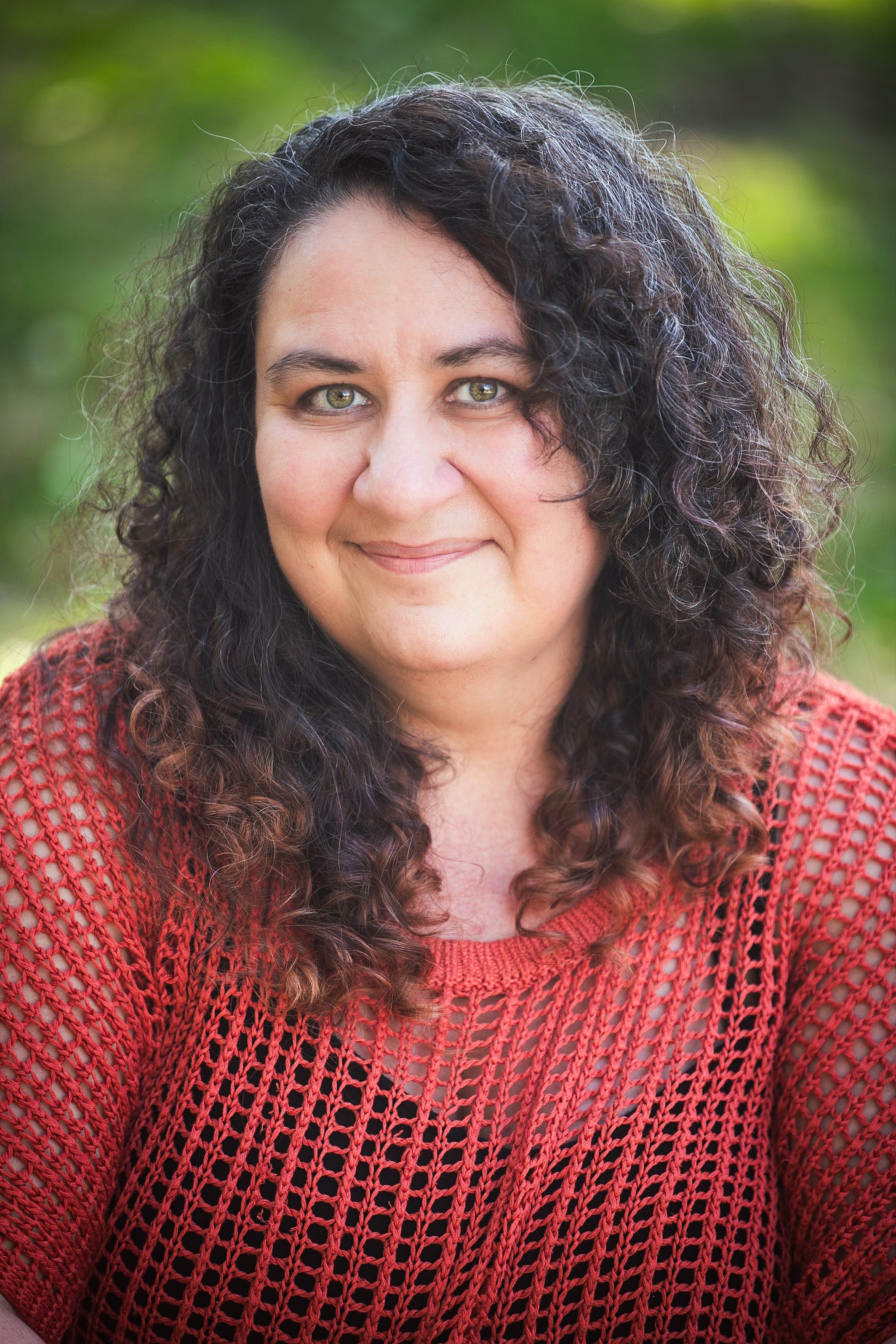Behind the Curtain: Teaching Communication through Performance
Explore the teaching process of a Communication-Intensive Course in real time.
Ever wish you could watch a course unfold through the eyes of the instructor—see how lessons are built, how challenges are navigated, and how learning really happens? In this new series, we invite you to step behind the curtain of a Communication-Intensive (C-I) course and follow one faculty member’s teaching journey in real time.
Over the next few weeks, we’ll be shadowing Communication Studies professor Dr. Naomi Bennett as she teaches Performance Composition, a C-I certified course in the Department of Communication Studies that asks students to explore communication through the creation and performance of original poetic and narrative texts. What does it take to prepare a C-I course that emphasizes both content and communication skills? How do you help students understand why communication matters—not just in class, but in the world? What does meaningful feedback look like in a performance setting, and how do you build the trust it takes to give and receive it?
Naomi has graciously opened up her teaching process to help us explore these questions and more. Throughout the semester, Naomi recorded reflections on her process and her course. We have used those notes and collaborated with her (and ChatGPT) to draft these reflective posts. We'll see how one instructor balances creativity, structure, vulnerability, and rigor to help students find their voice on the page and, in this case, on the stage.
Meet the Instructor: Dr. Naomi Bennett
Dr. Naomi Bennett is a performance scholar and practitioner who brings a vibrant, student-centered approach to teaching communication. She teaches courses in performance studies, public speaking, digital storytelling, and media and gender studies. In her classroom, she encourages students to explore communication as embodied, expressive, and creative—whether through poetic language, personal narrative, or interdisciplinary performance.
Naomi’s teaching is deeply informed by her own artistic work, which includes interactive and digital performances that explore presence, connection, and the senses. Her research has appeared in the International Journal of Performance Arts and Digital Media, Global Performance Studies, and Pedagogy and Theatre of the Oppressed Journal. She regularly creates performance-as-research projects that engage students in meaningful acts of inquiry, collaboration, and self-expression.
“When it comes to performance classes, CI pedagogy helps to demystify the learning process and show students that practice and hard work is just as important as natural ability.”
Her classes are known for their playfulness and rigor, and her pedagogy draws on her background in physical theater, improvisation, and democratic education. At the heart of her work is a commitment to helping students communicate with clarity, complexity, and care. She shares a story about the origins of this philosophy:
"My experiences growing up attending Sudbury Valley School, which has since become a global model for democratic education, taught me the importance of play in education - and not just for young children. Traditional schooling teaches us that learning is serious, a chore, not a fun playful exploration and opportunity for discovery."
In the coming weeks, we’ll hear from Naomi about her reflections throughout the course from the early weeks, through mid-semester, to the final days. Together we will explore how she sets up communication as a central goal, how she fosters a classroom culture that invites risk and curiosity, and how students respond when given the space to speak and move with intention.
If you have not already, please subscribe to Teaching C-I Substack so you don’t miss a part of this journey. And please share your ideas and thoughts as we follow Naomi.



Read more from this C-I in Action series
Part 1: Meet Communication Studies Professor Dr. Naomi Bennett and learn a little about her Performance Composition C-I course
Part 2: Take a look at some of the initial planning and the first few weeks of the course
Part 3: Exploring the importance of feedback and a willingness to shift plans to ensure successful course outcomes
Part 4: Recognizing a need to change course to facilitate meaningful student engagement, and seeing the outcome of that revision to the plan
Part 5: Explore how scaffolding, trust, and feedback shaped the second half of the semester
Part 6: Students begin building confidence, critique, and connection by putting what they’ve learned into practice
Part 7: Students close the semester balancing challenge and care in the second round of personal narratives


